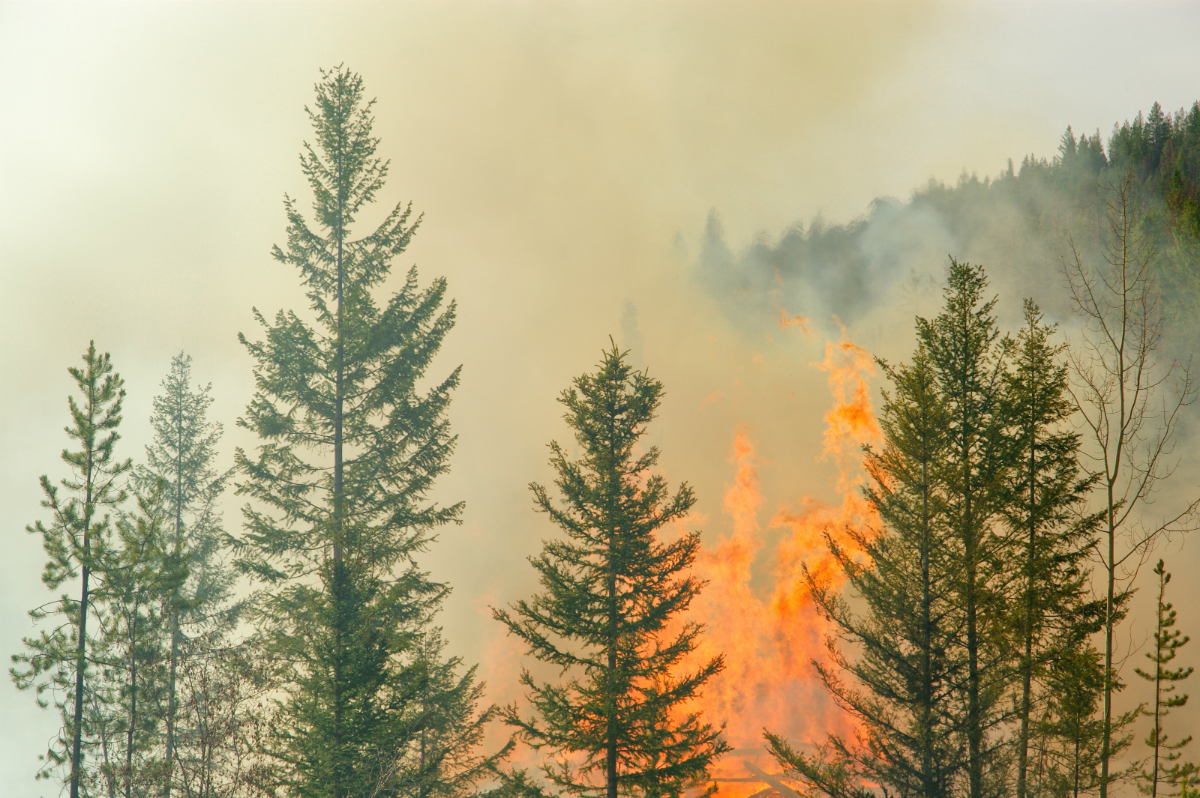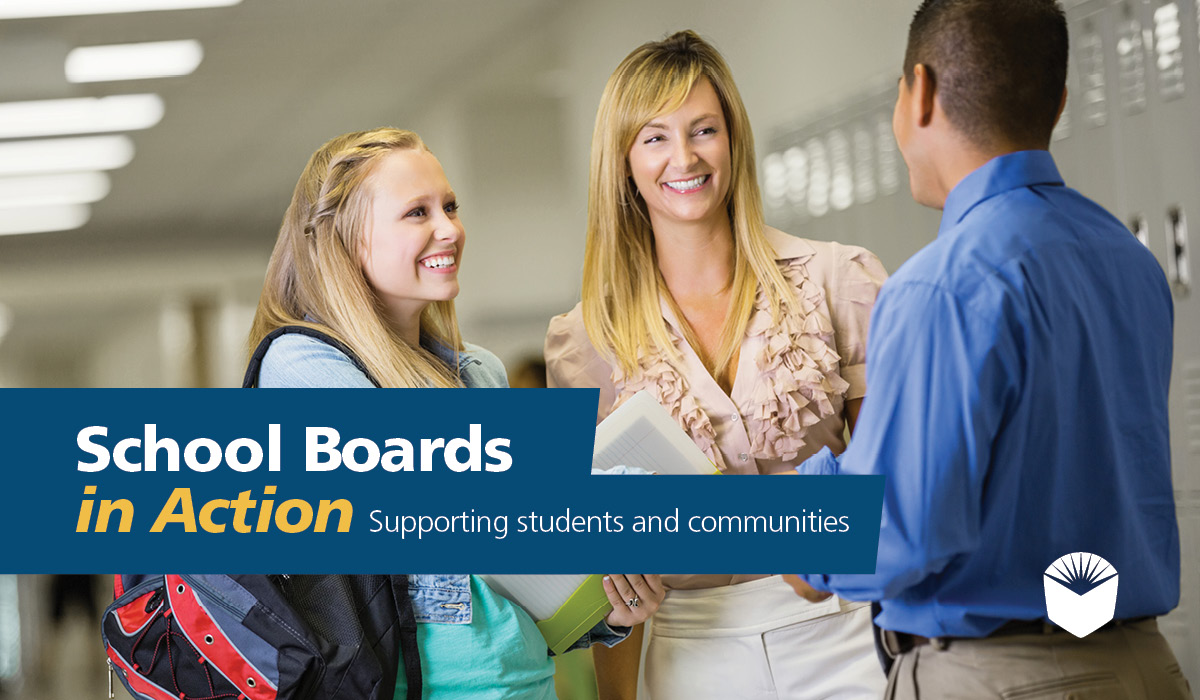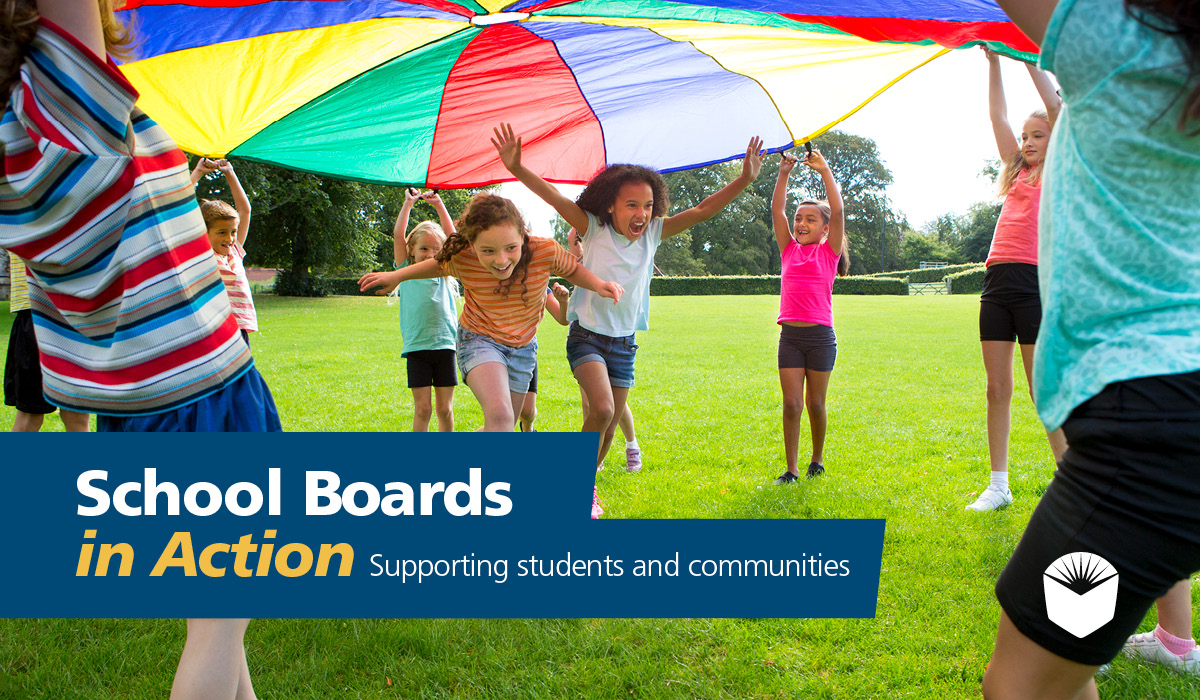Over the past six years, wildfires have devastated much of California and resulted in learning disruptions for hundreds of thousands of students. According to CalMatters, before the 2015–16 school year, no California school had reported losing 15 days or more to wildfires. Since then, closures of that duration and longer have happened at more than 70 California schools. In addition, wildfires create billowing smoke that can spread for miles, leading to school closures far from the site of the fire. In November 2019, hazardous air quality from the Camp and Woolsey fires resulted in the closure of schools in 180 school districts at some point that month.
Wildfires are not the only environmental hazard affecting students today, of course. Research shows that climate change has disparate impacts on low-income communities, communities of color and other vulnerable populations, who are less likely to have the resources and capacity to prepare for and recover from extreme climate events and issues such as poor air and water quality.
Along with climate-related natural disasters, student and grassroots advocacy for climate change resiliency measures has increased in the last few years. These voices have bubbled upward to their elected board member representatives, a group of whom advocated for CSBA to take a public position on climate change. In response, the CSBA Board of Directors convened a Climate Change Task Force in recognition of the fact that changes to the global climate represent a threat to California’s students and schools.
The task force, made up of 14 school and county board trustees and two student representatives, assembled in 2020 to identify areas in which CSBA can help its members address climate change and its impacts on schools, and to compile resources to better help school governance teams address the issue. “Another role of the task force is to think about the policy implications at the state level in terms of school districts and the impacts of climate change on school districts,” said Xilonin Cruz-Gonzalez, chair of the task force and CSBA Immediate Past President. “Where do we need to make sure our voice is being heard within state policy decisions?”
Task force members were chosen from areas throughout the state that are experiencing climate change in different ways, from the aforementioned wildfires and smoke to air and water pollution in many lower-income communities. Sonoma County board member Gina Cuclis joined the task force to be both a voice for the North Bay Area and to bring the county perspective to the discussion.
“County offices have a broader view of local education’s needs because we serve and work with all school districts in our counties, which in any one county can vary greatly by size, demographics and student needs,” Cuclis said. “Because well-run county offices serve school districts by collaborating on joint problem solving, county offices could potentially provide regional leadership, encouraging and guiding LEAs to create and implement climate adaptation plans — with the proper funding.”
When forming the idea for the task force, the CSBA Board of Directors felt it was important to have student voices represented. Task force member Sameera Hussain is a senior at Harmony Magnet Academy in Porterville Unified School District in the Academy of Engineering pathway. In 2019, she participated with a group of her classmates in the Energize Schools Energy Conservation Competition and won first place. Her team implemented a schoolwide sustainability campaign, educating students and staff on ways they could help reduce their school’s energy consumption, ultimately reducing energy usage by almost 25 percent.
“I think it is important to have a student representative on the Climate Change Task Force because this issue is one that greatly involves our youth,” said Hussain. “While the effects of climate change now are terrible, the younger generation is going to truly experience the worst of it. Because of this, climate change is an incredibly important issue for young people. They are passionate about it and determined to contribute in any way they can to secure their future. Enlisting the help of our students in California’s fight against climate change will help ensure our success.”
Sample climate change resolution
The Climate Change Task Force released the “Sample Resolution on Climate Change” in December 2020. The resolution can serve as a guide for governing boards in pursuit of objectives related to climate change and can be tailored to fit LEAs’ existing goals and initiatives on sustainable practices and to reflect the interests of their students and families in addressing climate change. The resolution is accompanied by a tip sheet that will assist boards in tailoring the resolution to fit their local needs. Download the sample resolution at www.csba.org/resolutions.
Climate change resources
A new CSBA webpage (www.csba.org/climatechange) dedicated to climate change resources compiled by the task force debuted this month. Resources include information about how to take action, funding and grant opportunities, sample policies and regulations, CSBA Business partners that provide products and services that can help LEAs address energy and environmental issues, and other resources for local boards. The page will also feature the task force’s presentation at the 2020 CSBA Annual Education Conference.In the end, it’s critical to listen to students, said Cruz-Gonzalez. “I think the question that we have to ask ourselves is, are we, as the educational system, giving the space for students to lead on climate change issues?” she asked. “I think it’s great if we’re embedding information about climate change resiliency in curriculum and enrichment opportunities. But, more importantly, we need to think about how we, as leaders of school districts, are intentionally engaging students. We need to give them the space to educate us.”





